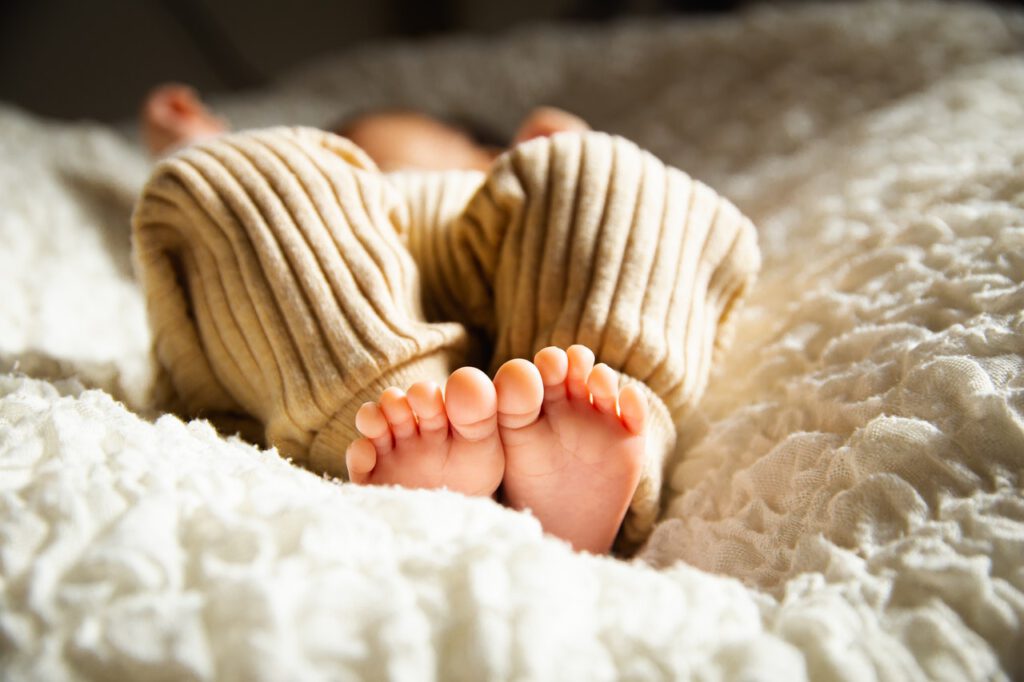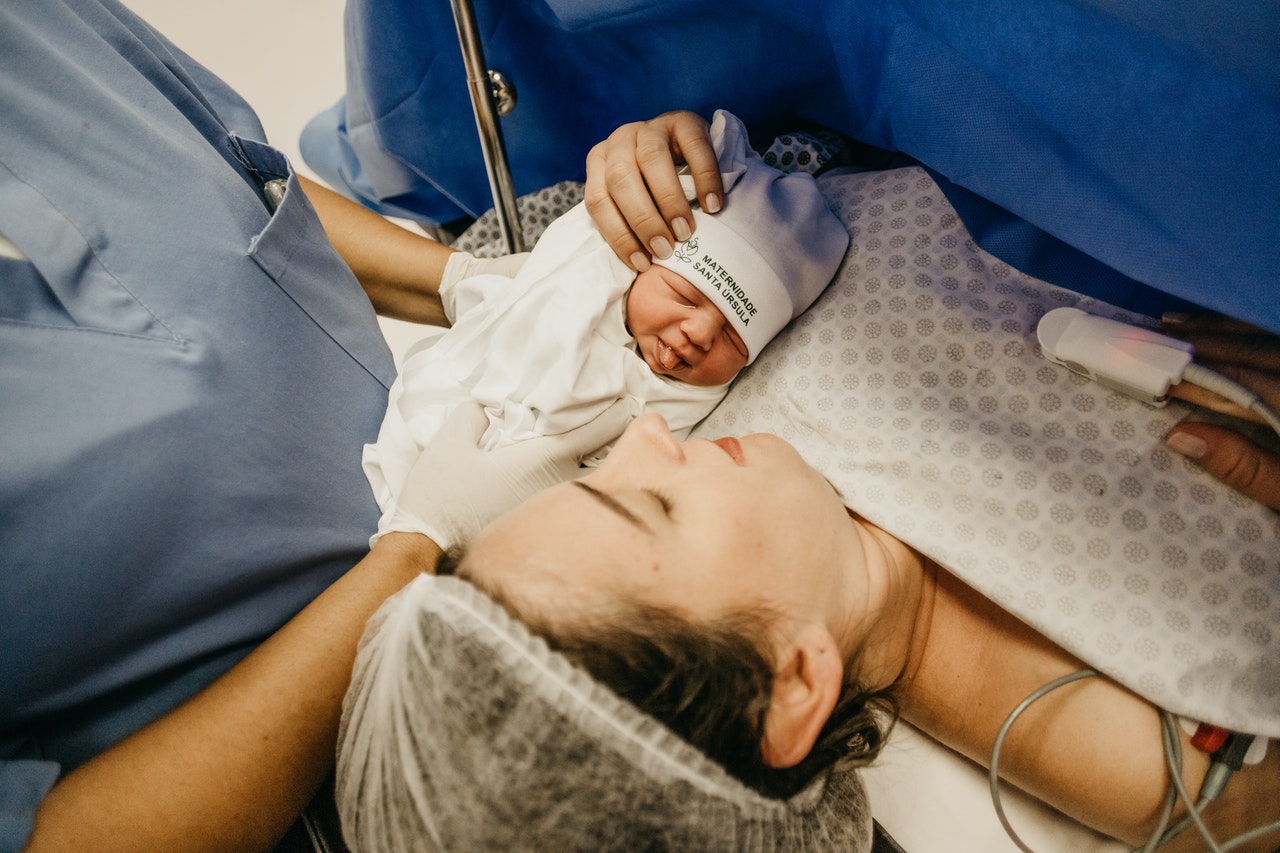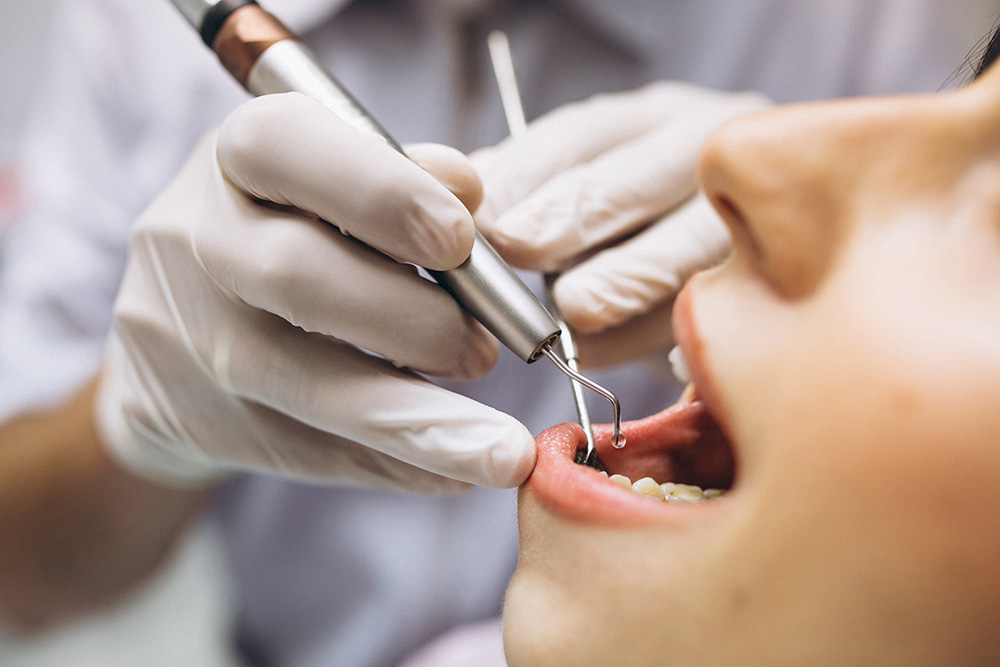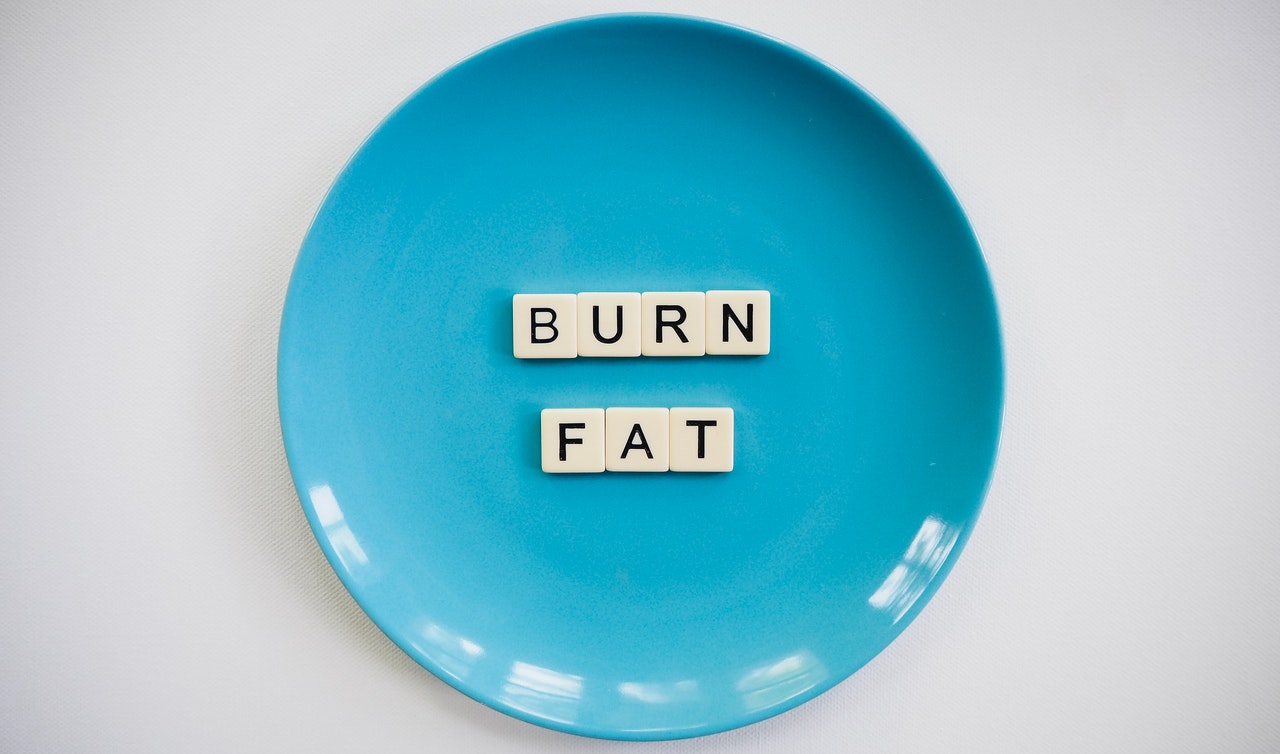When the baby is born we often look for advices on how to take better care of our newborns. Frequently we do it even during pregnancy. After giving birth new moms might worry about every little things that are happening to their kids, but usually it turns out that everything is as it should be. First pregnancy and parenting may cause a lot of unneeded stress. It is always a good idea to prepare a little for parenting before giving birth. These days moms have so many good and confirmed by research, resources to get knowledge and prepare well for motherhood adventure. So all the changes because of baby’s growth may get you to thinking if it is all alright, for example umbilical cord falling, and that is completely normal. If you are not sure if everything is fine with your babies, you can always contact with your newborns provider. It is always better to prevent than cure. You can always ask for advice.
What is an umbilical cord?
The umbilical cord is a tube-like structure that connects the growing baby to you through planceta. Easier said, it transports the food and oxygen from the mother to baby while pregnant. After the baby is born, doctors clamp and cut the cords. The cord does not have any nerve endings so the process neither hurt you nor your baby. When the umbilical stump falls off, your baby’s belly button is formed. It is such a reminder that you and your baby were almost like a one person once. You grew and fed your newborn with it.
Umbilical cord stump symptoms
Firstly, the umbilical cord stump might turn yellow and as cord start process of natural drying. During the process it changes to brown or gray or even purple. Cord shrinks and turns black before, then cord falls on its own. Those are normal umbilical cord symptoms before it falls.
When should umbilical cord fall?
You should expect umbilical cord falling around 5 to 15 days after your baby is born. Average amount of time is about 2 weeks. But sometimes cord may fall out a few more days later or ealier, which is totally fine. Healing process usually lasts a few days. If your babys umbilical cord has not fell off after three weeks you should contact your’s baby provider.

Umbilical cord care
The basic umbilical cord care helps prevent infection. First of all, you should be gentle and do not pull on the cord. The best option is to keep the area dry. You should let the cord dry on its own. Stick with sponge baths. Alcohol swabs are kind of old method. The research shows that rubbing alcohol might kill bacteria that can help the cord dry and separate. You should replace them for example with gauze and tiny amount of water on it, to keep the area clean. There is no harm in getting the umbilical cord stump area wet but you should try your best not to do it. The method is called the “dry cord care”. Dry care for speedy umbilical cord detachment is the best. Also if there are a few drops of blood, it means the area is healing which is a thing we want to happen. The cord stump might bleed a little when it falls off. Small amount of blood or dried blood near umbilical cord area should not worry you. It is hard to make sure the diaper isn’t irritating it or that you accidentally do not pull it off, when you do clothes or diaper change. You may try to keep diaper folded down a little. Also be delicate when you dress your newborn.
Umbilical cord pulled off accidentally – what might happen?
If the umbilical cord fell accidenally and too early, it could start bleeding actively, like if you wipe drop of blood, another drop appears. Many parents might notice a small area of bleeding at the point where the newborn’s umbilical cord begins to fall. If the umbilical stump does not stop bleeding, you should contact with your baby’s doctor. Luckily, the chances of an infected umbilical cord stump are very low. Sometimes, instead of completely drying, the cord may form pink scar tissue, which is called umbilical granuloma. And that is of course normal. Pink scar tissue drains a light-yellowish fluid. Note it should not have foul odor. It usually goes away by couple days, but if not you should also contact your’s baby doctor.
Signs of infection – when to get immediately medical emergency?
Signs of infection include:
- foul smelling discharge, yellow drainage from the stump,
- redness, swelling, or tenderness of the skin around the stump.
More serious signs of infection:
- Refusal to eat,
- Fever,
- Lethargy,
- Irritalibity.
If you notice any of more serious signs of infection and your baby cries a lot, you should call your baby’s doctor as soon as possible. Any type of infection in a newborn can be an emergency. The reason is that newborn babies immune system is weakened right after being born.
Resources:
https://www.mayoclinic.org/healthy-lifestyle/infant-and-toddler-health/in-depth/umbilical-cord/art-20048250
https://www.fairview.org/patient-education/511571EN
https://www.seattlechildrens.org/conditions/a-z/umbilical-cord-symptoms/
https://medlineplus.gov/ency/article/001926.htm
https://bestcare.org/news/how-care-your-newborns-umbilical-cord-stump




I’m first time mommy and thanks to this amazing article I got to know so many informations I have never been told before. After reading this article I contacted the doctor and he confirmed my worries.